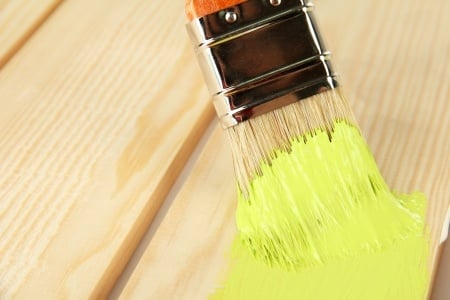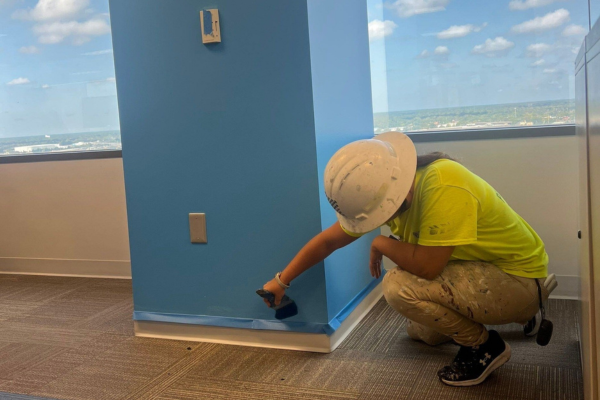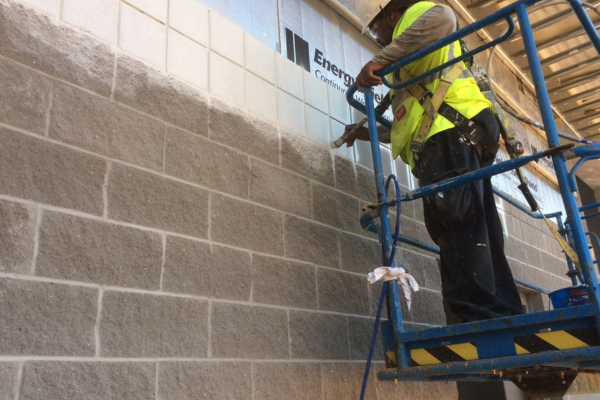Removing paint and applying a fresh coat of finish can help you restore any piece of furniture to its original splendor. But why should you remove the old finish when you can just slap some paint on top of it? In a nutshell, stripping off old paint is the only way to achieve perfect results.
 How to Remove Old Paint from Furniture
How to Remove Old Paint from Furniture
Hiring a professional to repair, strip, and finish your furniture may seem like a good idea. However, you can save a few hundreds of dollars by doing the work yourself. Below are five tips to help you do the job right the first time.
- Prepare the furniture: The first thing you need to do is to remove the knobs, handles, and hinges from your furniture. If a piece of furniture is damaged, repair it before you start stripping. Once splits have been repaired and joints reinforced or re-glued, it’s time to decide on the most appropriate method to get rid of old paint or finish.
- Test the finish: Before using any paint remover, test the finish. Apply lacquer thinner, denatured alcohol, or varnish or paint remover to a small section of the furniture and allow it to work for 10 to 20 seconds. Wipe it off with a rough cloth; if the finish comes off easily, you can use the same product to remove the entire finish. It’s essential to know that lacquer can be removed with lacquer thinner; shellac with denatured alcohol; shellac-lacquer combinations with a mixture containing 50% lacquer thinner and 50% denatured alcohol; and varnish and paint with special removers.
- Use the right varnish or paint remover: Varnish and paint removers are used to soften old finishes so that they can be washed, scraped, or sanded off easily. Most removers contain waxes, such as paraffin, to prolong the evaporation process. Since wax prevents paint and finishes from adhering properly to wood, mineral spirits or turpentine can be used to remove wax before applying the new finish. If the remover doesn’t contain wax, aluminum foil can help slow the evaporation process. After applying the chemical, cover it with aluminum foil, wait at least 30 minutes, and then check the result. The paint should be soft enough to be removed with a scrapper. Some of the best products for removing paint or varnish from furniture are the water-away removers, which don’t require scrapping or sanding. However, the problem with these products is that the finish must be washed off with water, which can cause the wood to swell.
- Remove remaining traces: After removing paint, varnish, lacquer, or shellac from your furniture, use a scraper, steel wool, or sandpaper to get rid of remaining traces. Be careful not to dig into the wood too deep. Then, select the right type of sandpaper to sand away imperfections and achieve a smooth surface. As an example, 100-grit to 150-grit sandpaper should be used for medium sanding, while 220-grit sandpaper for finish sanding.
- Opt for non-chemical removal methods: A power sander can help you remove old paint faster than chemicals. If you choose to use a power sander, the straight-line and orbital sanders are the best tools for removing any wood finish. However, you must take great care, or you may end up damaging your furniture.
Before attempting to remove old finish from your furniture, look for refinishing kits. Most of these kits contain everything you may need to refinish furniture, from shellac, lacquer, varnish, or paint removers to steel wool, sandpaper, stain, and top finishes.






